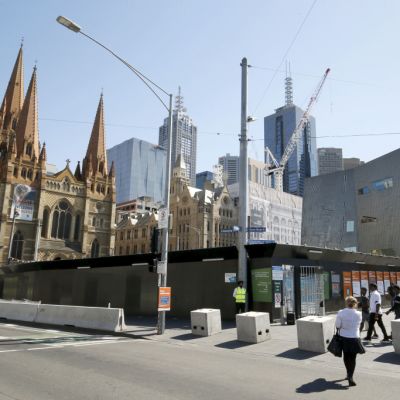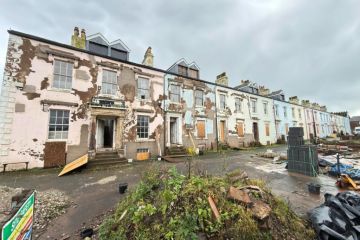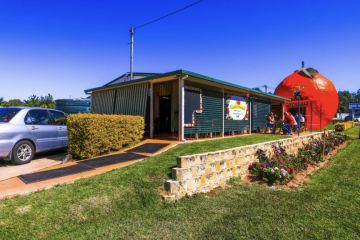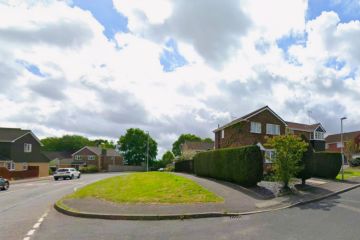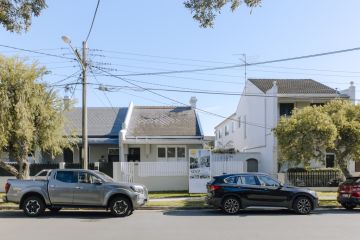Bubble risk: UBS names cities around the world where property is most overvalued
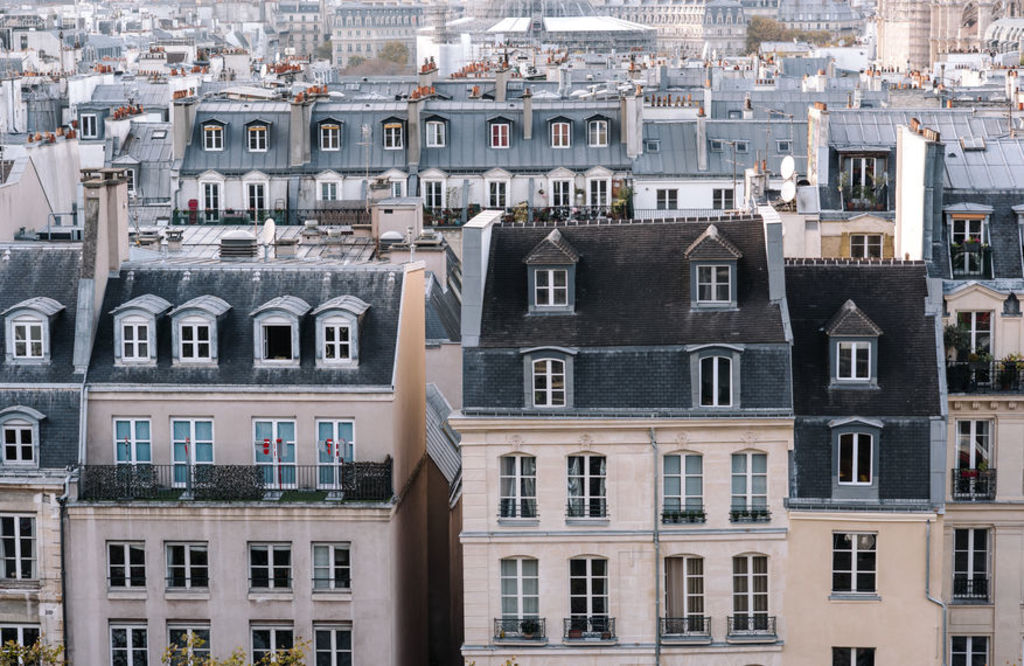
European cities face the greatest risk of a property price bubble, a new analysis shows, but Australians have not escaped the heat despite the downturn.
Munich is the most overvalued housing market in the world, according to a UBS global analysis of 24 major cities, with valuations at an all-time high.
Amsterdam, Frankfurt and Paris were also among the seven cities deemed to be at bubble risk in the UBS Global Real Estate Bubble Index 2019, released this week – as were Toronto, Hong Kong and Vancouver.
“On a global level, economic uncertainty is outweighing the effect of falling interest rates on urban housing demand,” said Mark Haefele, chief investment officer at UBS Global Wealth Management. “However, in parts of the Eurozone, low rates have still helped to push real estate valuations into bubble risk territory.”
The index found bubble risk, or significant overvaluation of housing markets, in half of all evaluated cities. The term “bubble” refers to substantial and sustained mispricing of an asset, that cannot be proved unless it bursts.
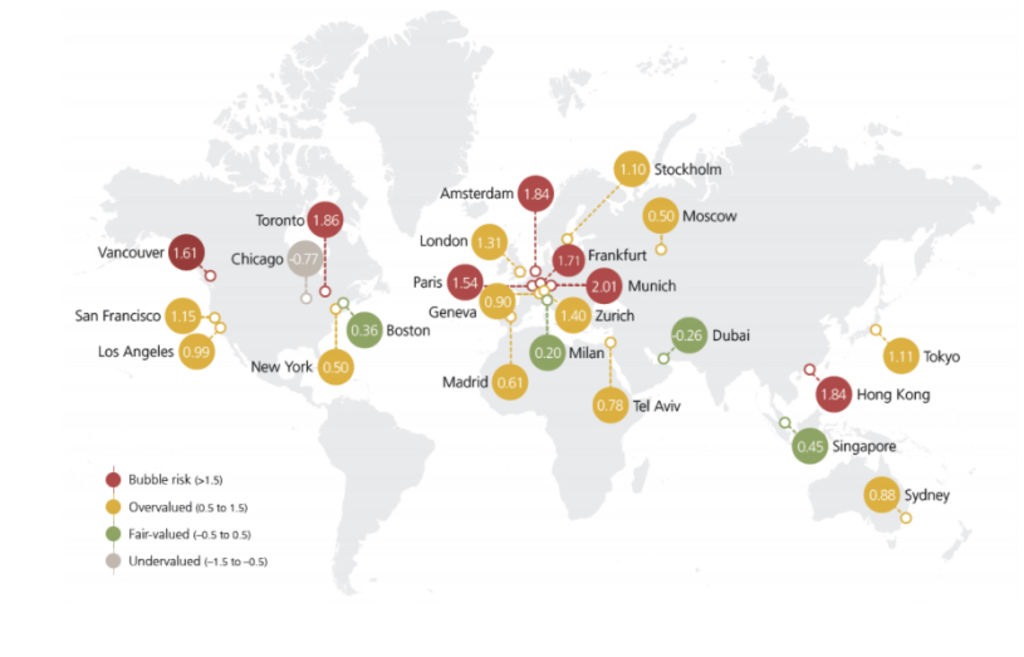
Study lead author Matthias Holzhey said investors should be wary of housing markets at bubble risks, noting all four of the top-ranking cities in 2016 – including Sydney – were now down an average of 10 per cent from their respective peaks.
Sydney was still among another dozen cities – including London, New York and Tokyo – deemed to be overvalued, despite seeing the most significant drop in property values of the analysed cities.
A skilled service worker in Sydney would need to save for seven years to buy a 60-square metre flat near the city centre, placing the harbour city among the top 12 for the highest price-to-income ratio. Top of the list was Hong Kong, where it would take 21 years, while in Chicago it would take just three.
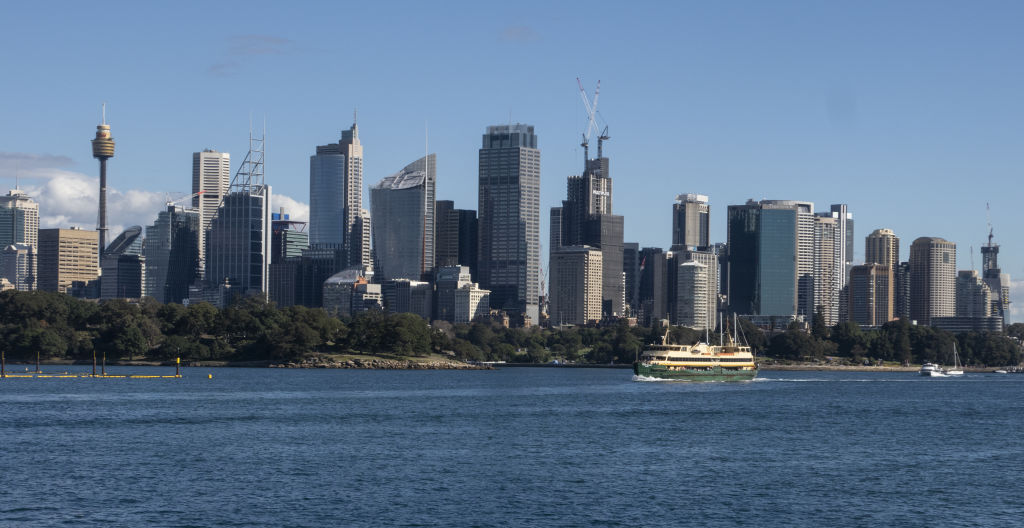
The same Sydney sized flat would need to be rented for 25 years to pay for it, the index reported. But price-to-rent ratios were far more concerning in Zurich, Munich, Hong Kong and Paris, where it would take at least 35 years.
While Sydney was at bubble risk two years ago, the report noted, various cooling measures including a new vacancy fee and land tax increases for foreign buyers and tighter mortgage lending had muted property demand.
“By the end of the first quarter of 2019, prices were 15 per cent lower than at the peak, and credit growth for housing had reached an all-time low.” the report said.
“The market should find a bottom soon, in our view, due to an easing of credit policies, an uptick in foreign demand, and improving affordability.”
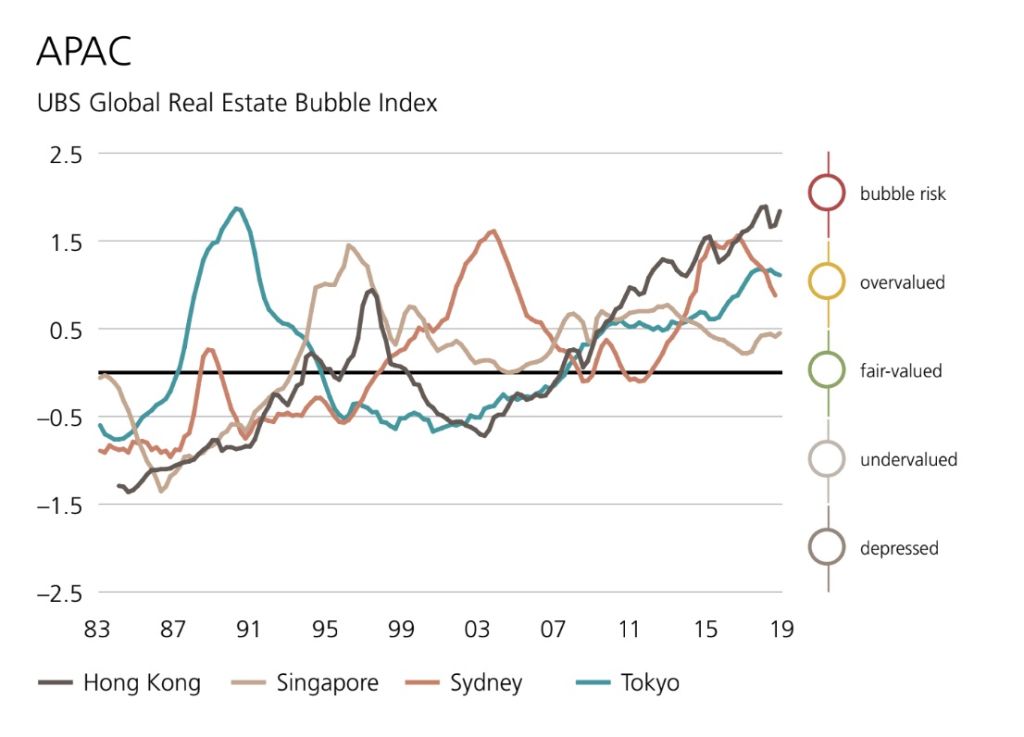
Data from CoreLogic suggests it already has, with house values lifting 3.6 per cent over the past three months – although they are still down by 0.9 per cent so far this year.
“We have definitely hit the bottom of the market and [prices] have come back quite a bit,” said Sarah Hunter, chief economist at BIS Oxford Economics. [But] I’m not concerned that we’ll see the current pace of price growth maintained.”
Dr Hunter said a lack of housing supply – which combined with rate cuts and looser lending restrictions was driving stronger buyer activity – should be short-lived, with recent price rises likely to encourage sellers back to the market, dampening price growth.
“Given the soft-growth environment, that’s not going to take us to bubble territory,” she added.
Stephen Koukoulas, managing director of Market Economics, expected prices to keep going up. While pent-up demand from first-home buyers and investors may drive up prices only in the short term, there would be continued upward pressure on prices as housing supply was not keeping up with population growth.
However, Mr Koukoulas does not think Sydney would find itself at bubble risk in the coming years.
“Yes, Sydney houses are expensive … [but] if people are willing to pay the prices – and they have for many many decades and prices continually surprise everybody – it’s clearly not a bubble because [bubbles] end with a catastrophic fallout.”
We recommend
States
Capital Cities
Capital Cities - Rentals
Popular Areas
Allhomes
More
- © 2025, CoStar Group Inc.

